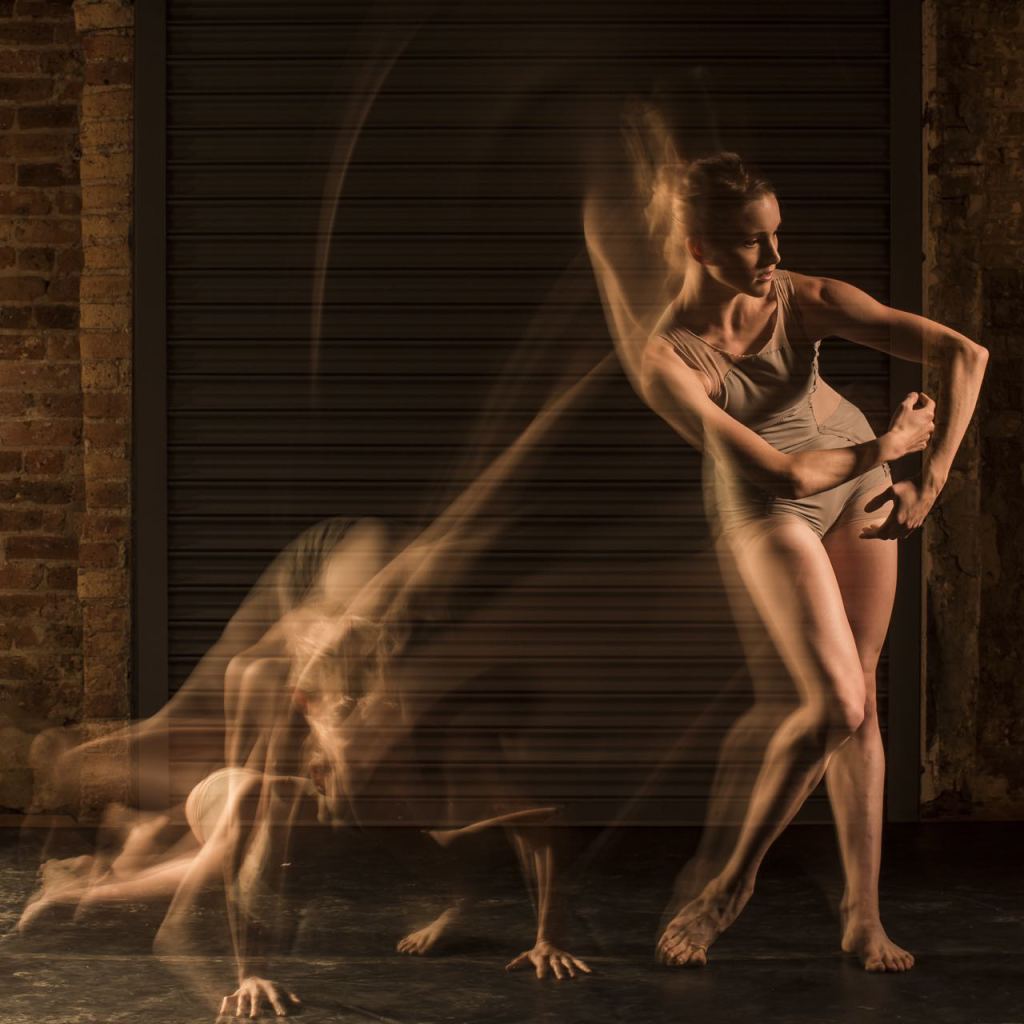
by Andrea Thompson
After a whirlwind tour of three central European countries in late February and early March, regular 4dancers contributor and Hubbard Street 2 Dancer Andrea Thompson found a quiet spot and answered some questions about the experience.
Where did you go?
We flew into Frankfurt and drove around Germany to perform in Rüsselsheim, Landau, Aschaffenburg, Idar-Oberstein and Essen. After that we drove across the border to Heerlen in the Netherlands, and then flew to our last stop in Treviso, Italy.
How long did you stay in each city?
Just long enough to arrive and sometimes have a workshop that day, then tech and perform the following day. We stayed longer in Rüsselsheim because we had an acclimation day there when we landed, and we had a day off in Landau as well.
What was a typical day on tour like? [Read more…]















